Friday, March 25, 2016
CO School District Forced to Distribute Atheist, Satanic Books
Saturday, March 19, 2016
Komaaj Pop-Up Brings Northern Iranian Cuisine to Northern California
The Persian New Year, Nowruz, is a week long event celebrating the Spring Equinox. Families from Iran, Afghanistan, Pakistan and countries across the world come together and celebrate by decorating their tables with haft-seen, the seven edible ‘s’ foods of the New Year.
Hanif Sadr, an Iranian who moved to Berkeley, California four years ago, says food is integral during Nowruz, and in Iranian culture in general. It brings friends and families together, and it connects him to people from other cultures.
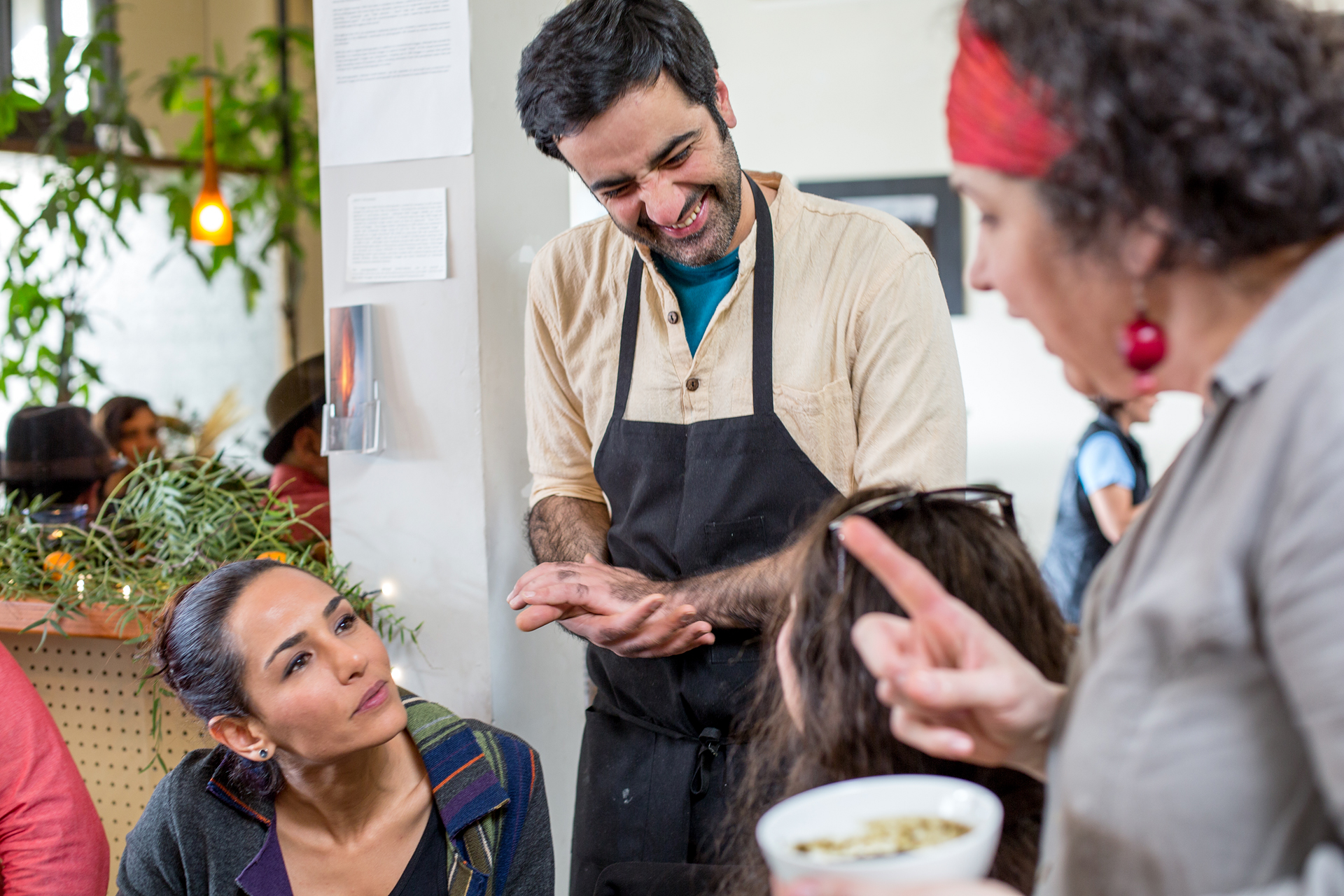
“When you see a movie, or when you have some kind of handcraft from some part of the world you will get connected to that culture,” Sadr says. “But when you taste the food, when you sit and experience how Iranians eat, how these ingredients get mixed together, I think you get a better idea of our culture. What and how we eat is so important. It’s more important than art and music because it’s food. It’s related to your stomach. You need to eat food.”
Sadr spent most of his summers on his grandparents farm on the border of Gilan and Mazandaran, two regions in Northern Iran near the Caspian Sea. He says everything from the fresh greenery to the citrus farms in Northern California remind him of his grandparent’s farm.
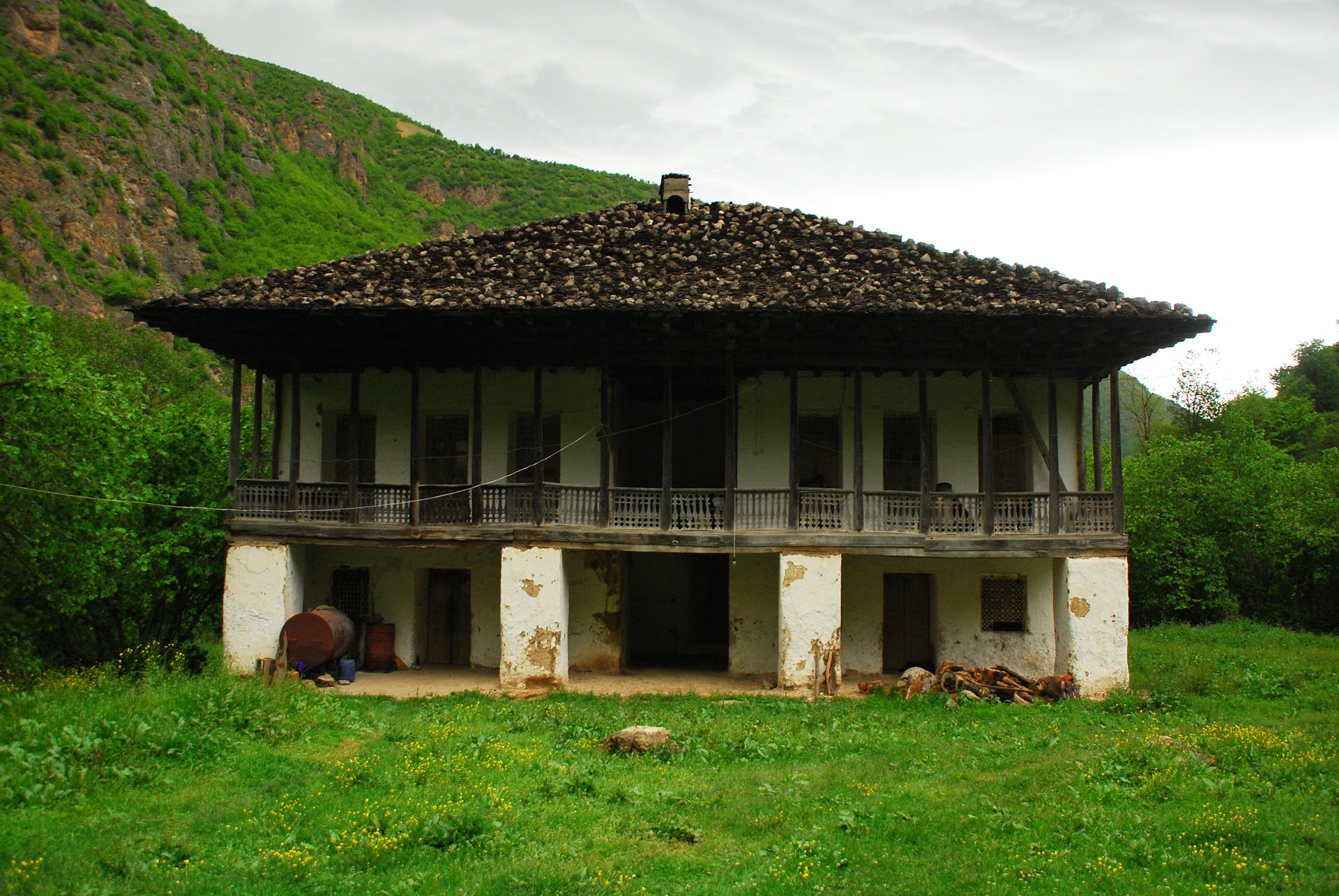
“When I first moved here and I looked at the Berkeley Hills, I had this feeling that I didn’t know where I was,” says Sadr. “The Berkeley Hills are so similar to the view that we had in Northern Iran at our farm — the plants, the flowers, all the citrus fruits.”
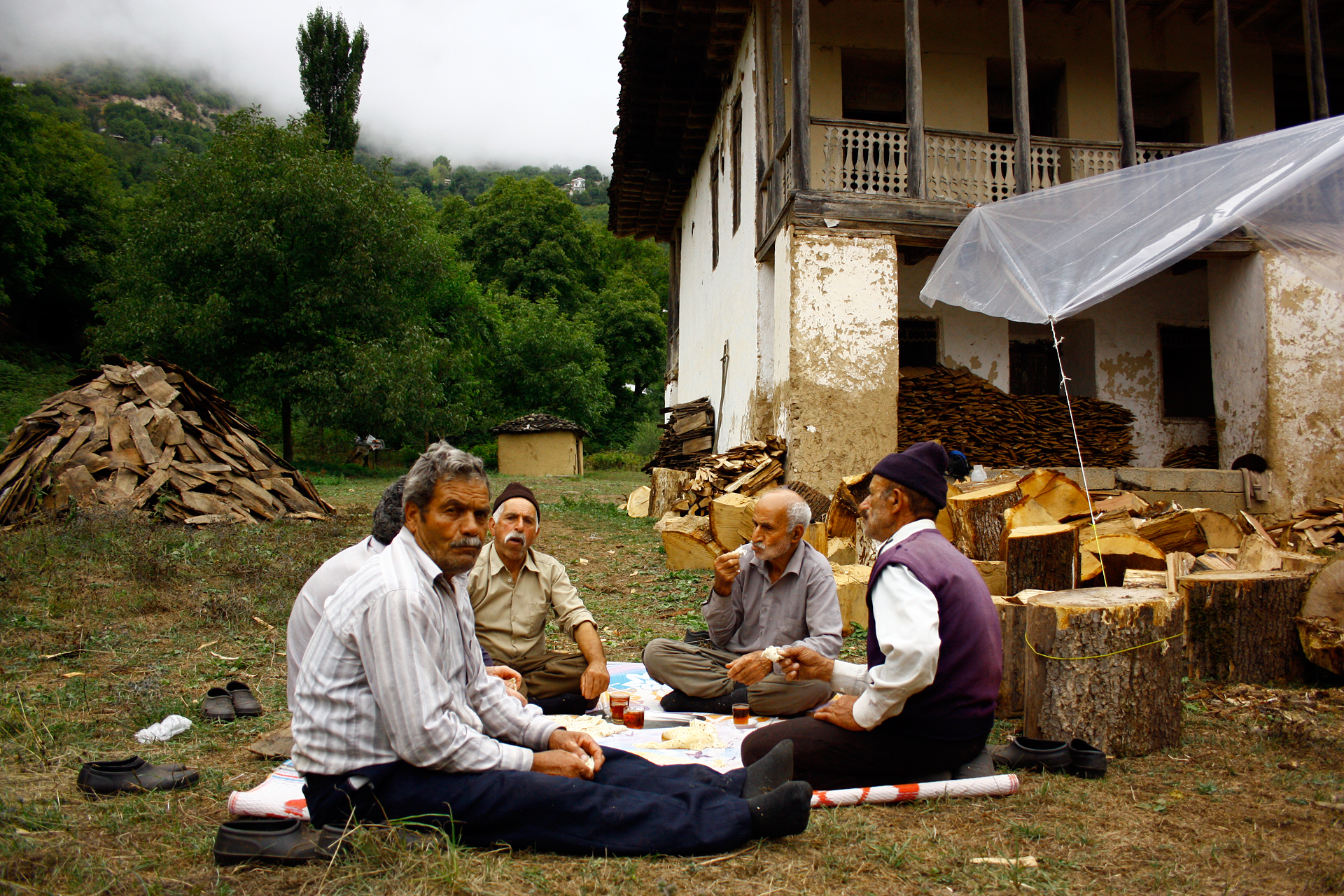
Sadr moved to the U.S. to study engineering, but a series of events — including a job as a chef at Golestan, a Persian early education school in Berkeley — led him to start Komaaj in 2015 with his friend Babak Mortazavi. Sadr says his restaurant is the first Northern Iranian cuisine restaurant in the Bay Area, and possibly the state. Sadr says when it comes to Iranian food, most people in the U.S. just know about kabob and rice, and maybe ‘tadeeg,’ Persian crispy rice.
“But Iranian cuisine is much richer than just kabob and rice,” says Sadr. “In Northern Iran the amount of herbs that people use in their dishes, I guess it’s not comparable to any other type of cuisine I’ve known internationally. Cilantro, parsley, mint, dill, green onion, basil, spinach — they all get mixed together with molasses, from sour orange molasses, to plum molasses.”
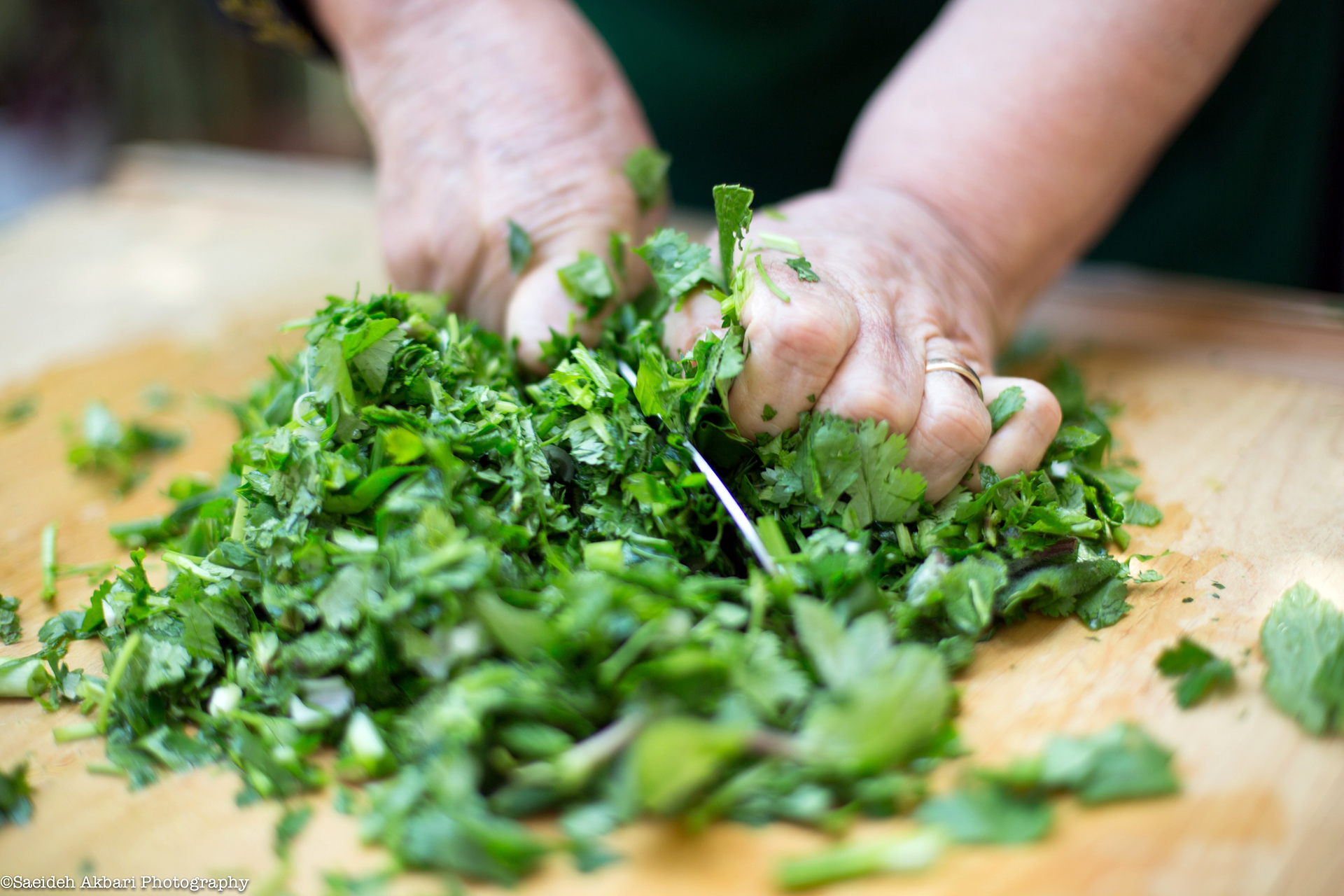
Sadr says because of the amount of herbs and molasses used in Northern Iranian cuisines, you don’t see a lot of spices in the dishes — besides salt, pepper and turmeric.
“Northern Iranians used to preserve their herbs with salt, which is called dalaar, for the whole year. Because of the Alborz Mountains, Northern Iranians used to live completely independent and use all the ingredients locally from the sea and from the land. They were not connected to main trade routes, except in the ancient times with the Silk Road.”
Sadr says the culture of Northern Iran, and its cuisine, is rapidly changing. Farms across the north are being plowed to build condos, and tons of fast food restaurants are popping up all over the place.
“People don’t like their local culture anymore,” Sadr says. “They don’t like their local cuisine. They don’t like their local handcrafts. If you drive across Northern Iran you will see more fast food restaurants and burger shops than local Gilaki and Mazandaranee [traditional Northern Iranian] restaurants. That’s very sad. The younger generations don’t know how to cook their traditional dishes. They all want to open pizza shops and burger shops.”
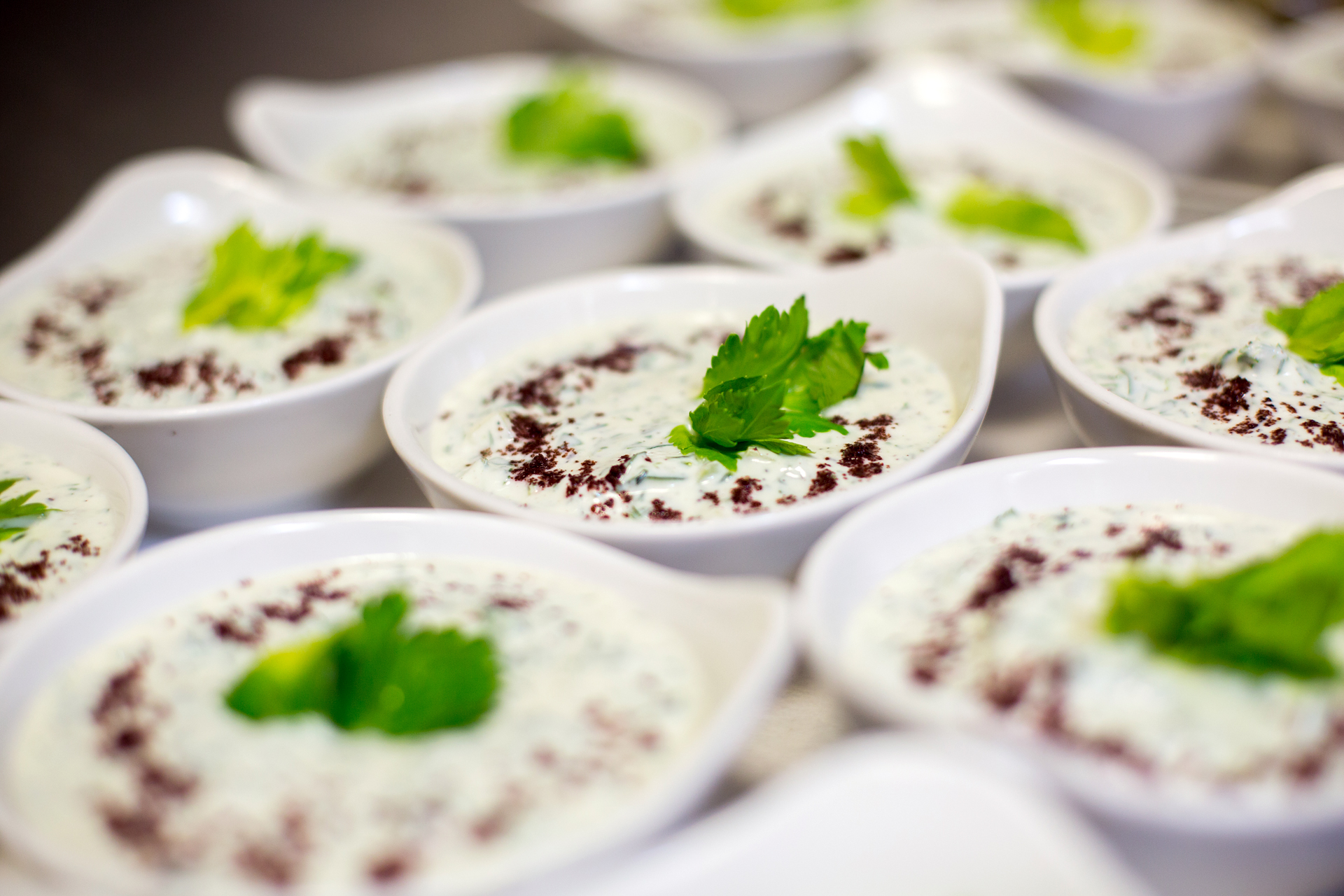
Sadr began his Northern Iranian pop-up restaurant, Komaaj, to both preserve his culture and share it with people in the West. He says the health food culture in California is parallel to how Northern Iranians have been eating for years.
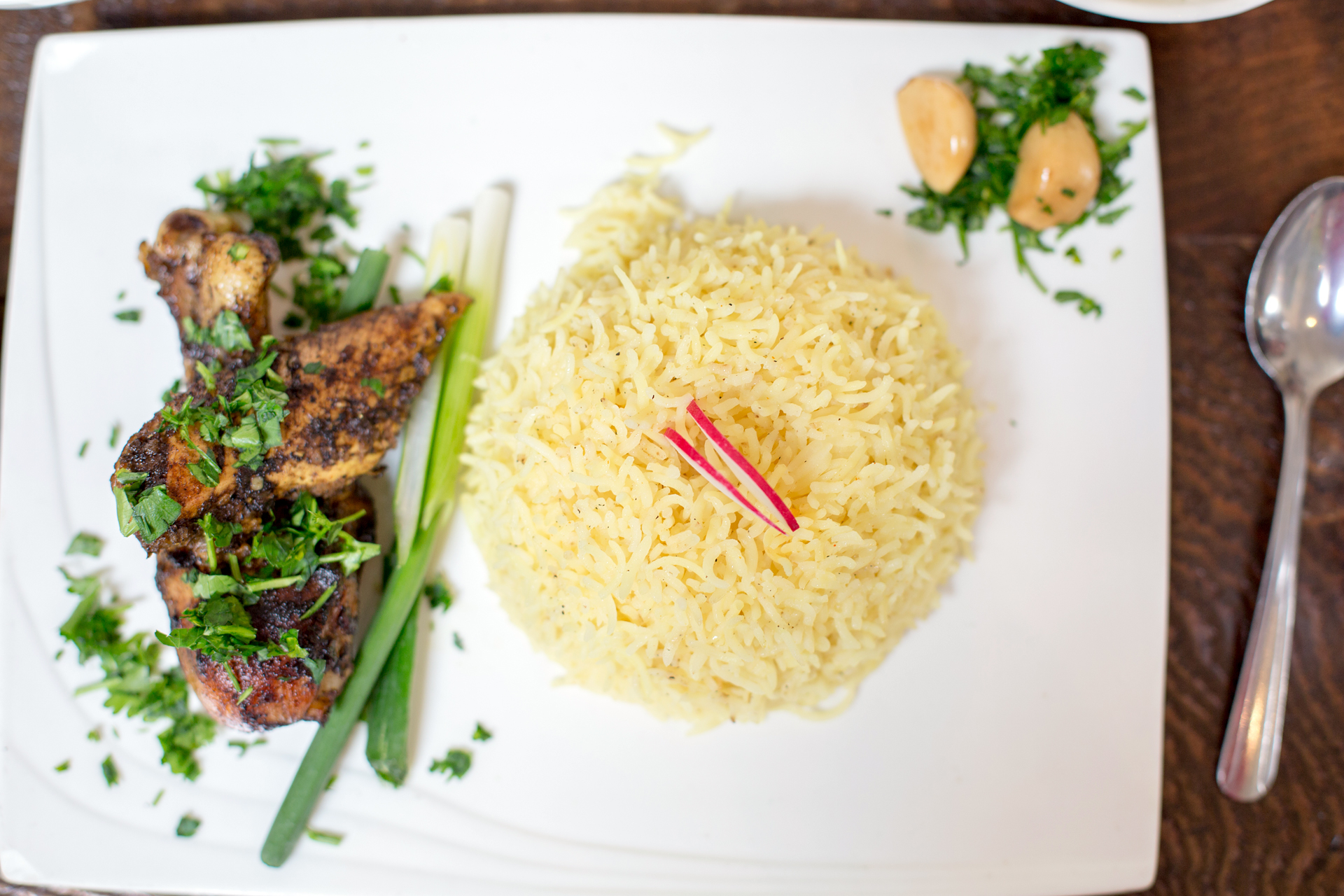
“Northern Iranian people used to always be gluten-free,” says Sadr. “Like 60 or 70 years ago. During that time there was no wheat on the seashores and they used to eat rice from breakfast to dinner. I remember I used to see that the workers on the farms, they used to eat rice with fresh garlic and fava beans for cheese for breakfast. Or they’d eat cold rice with orange blossom jam and I thought, ‘What a healthy breakfast.’”
Green olive farms are common in Northern Iran, Sadr says, as are walnut and hazelnut groves. He says walnut can be found in virtually all of Northern Iranian dishes.
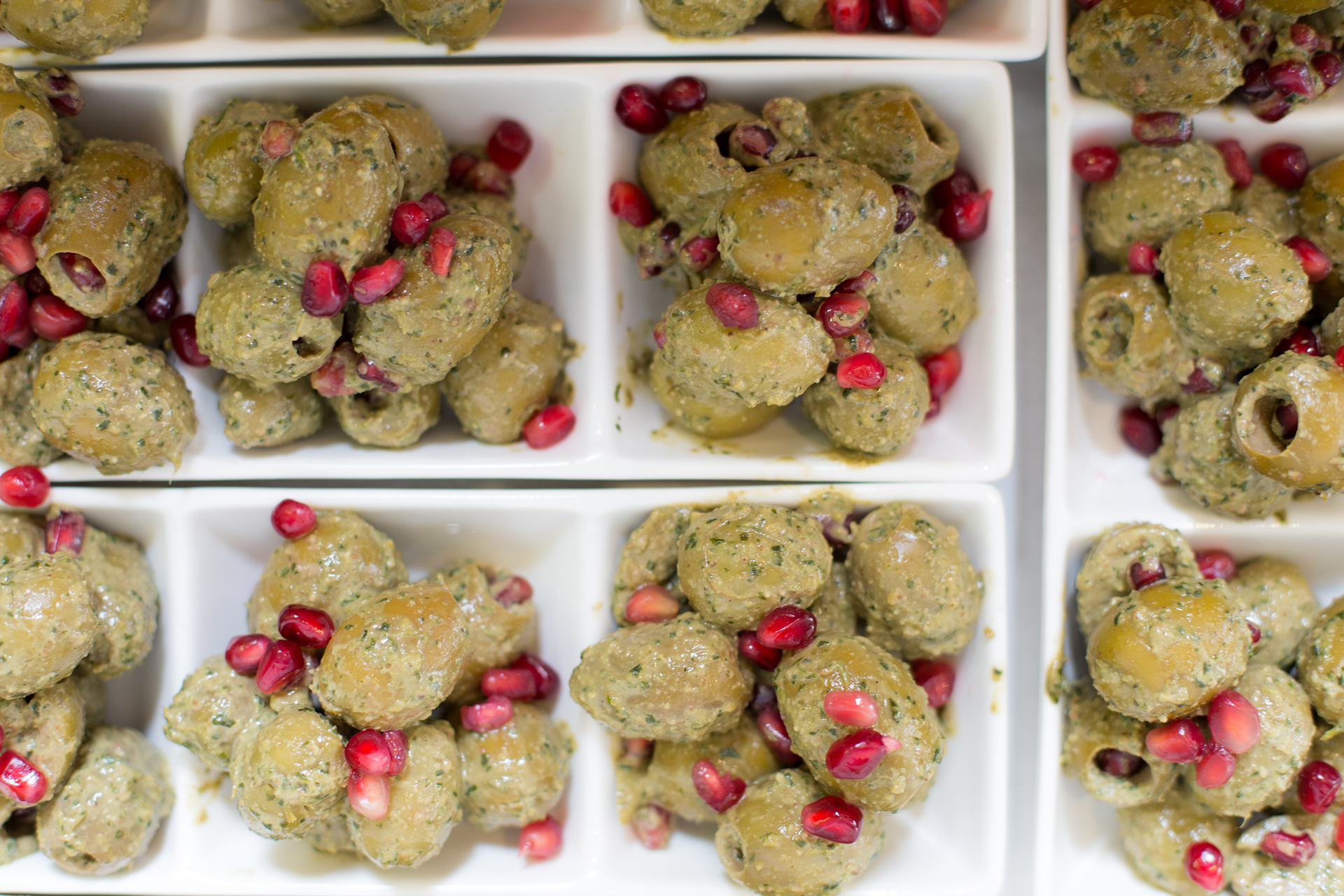
“Walnut is native to Northern Iran. Walnut spread to the world from East to West from Northern Iran. One of our side dishes at Komaaj restaurant, Zeitoon Parvardeh, is marinated olives, with crushed walnut, pomegranate, molasses, garlic, Persian hog wheat called Gholpar, and dalaar, the herb paste.”
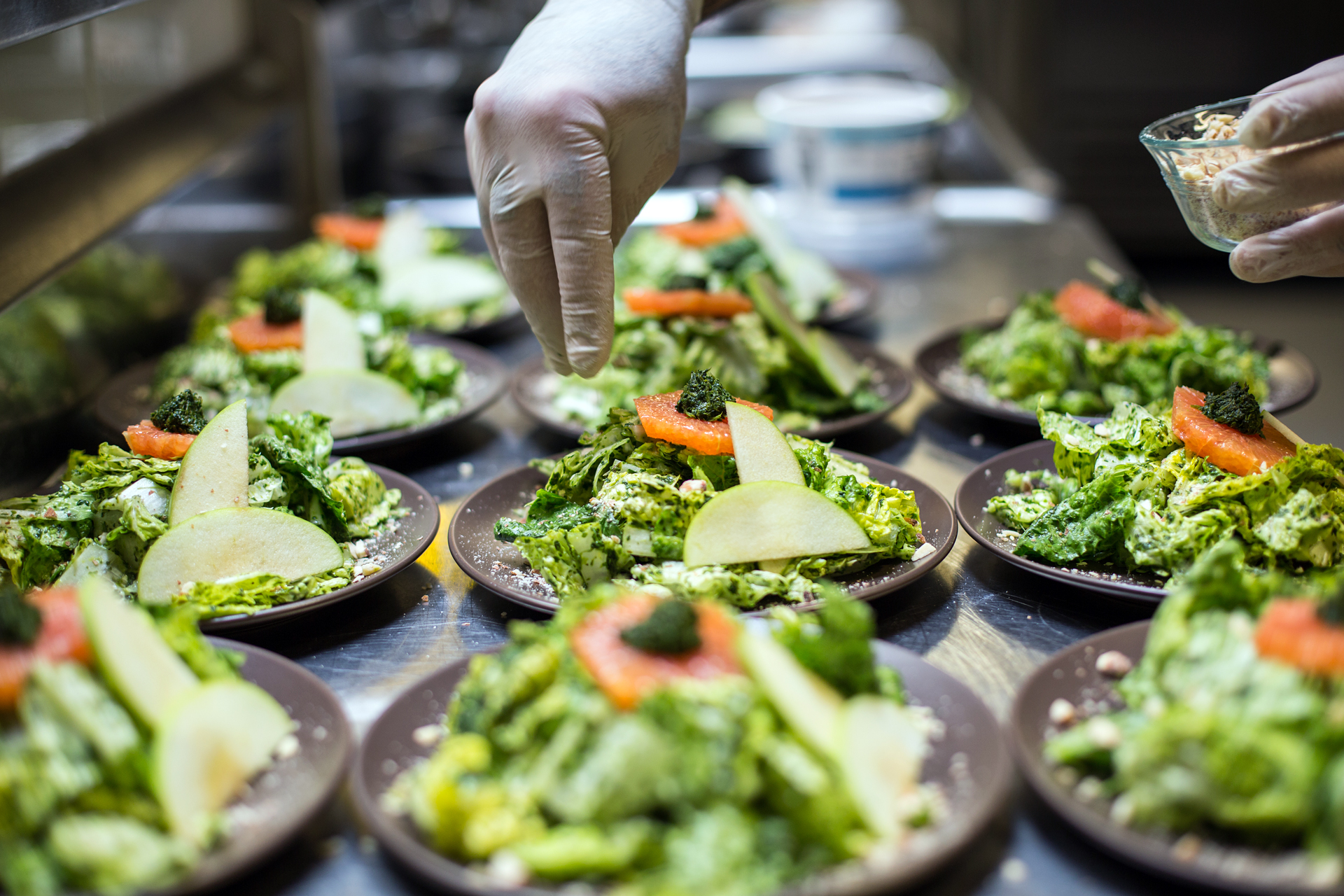
The menus at Komaaj change often, but it’s always traditional Gilaki food. Other dishes include morgh torsh, chicken wings marinated in herbs and mixed with walnut, pomegranate molasses. There’s also mirza ghasemi, a side dish of roasted eggplant with garlic, tomato and egg, served with dill. Every meal ends with a dessert of traditional Iranian tea and Komaaj, a sugar-free pastry made with rice flour and saffron and served with orange syrup and pistachios.
Hanif Sadr says he hopes the lifting of the sanctions in Iran will allow him to directly work with Northern Iranian farmers so he can bring fresh ingredients over to California. In the meantime he’s cultivating relationships with farmers in the Bay Area, and teaching his restaurant patrons in Northern California about the food and culture of Northern Iran.
Komaaj pops up at the Albany Taproom/Grazzy Burger in Albany, California a few times a months. Check Komaaj‘s Facebook page for dining details.
Hanif Sadr is creating a documentary about his experiences of visiting his family’s farm in Northern Iran to master his grandparents’ recipes.
Komaaj Northern Iranian Restaurant
745 San Pablo Avenue [Map]
Albany, California
Phone: (510) 859-7121
Facebook: Komaaj
Instagram: @komaajfood